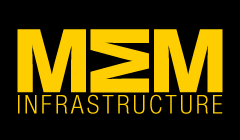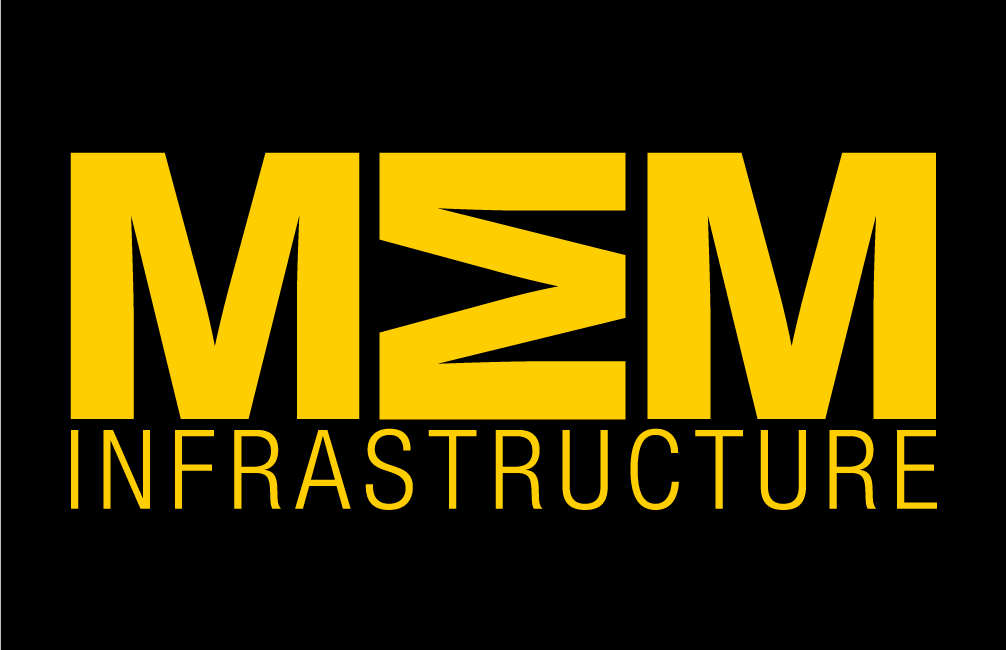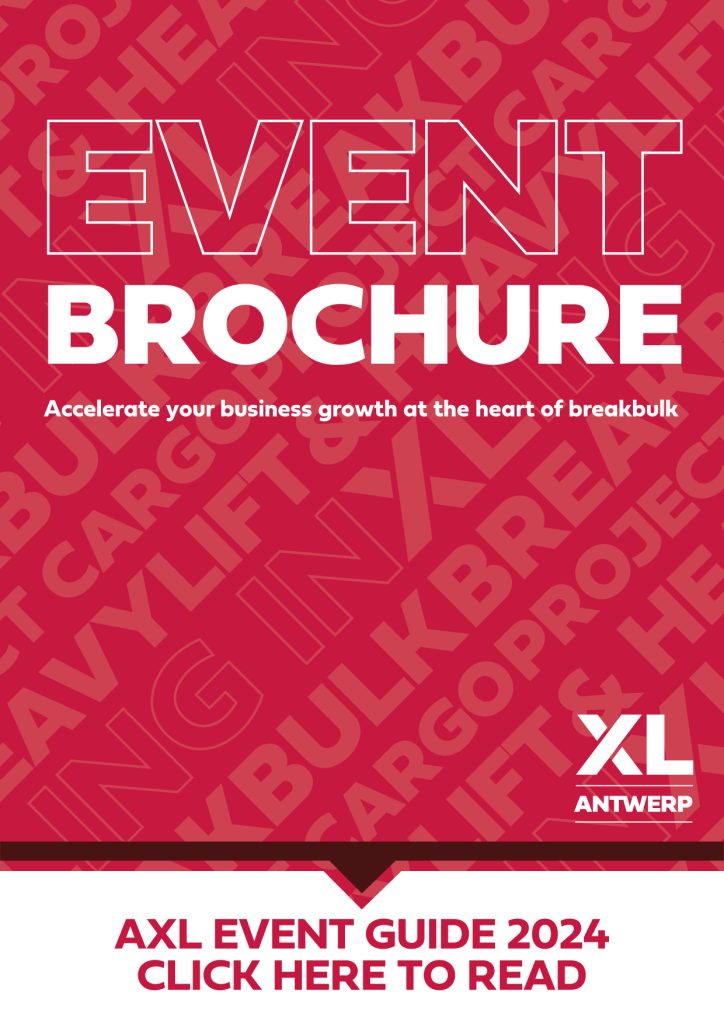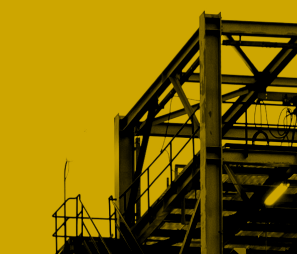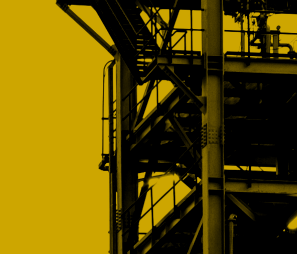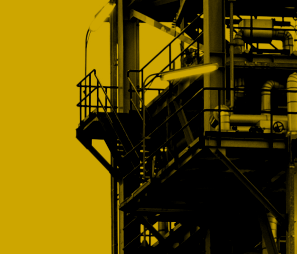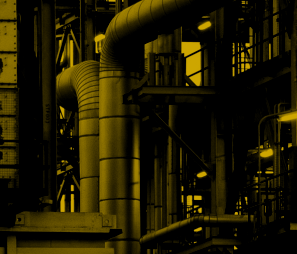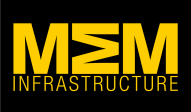In May of this year, Futurebuild in collaboration with IOM released a Construction Industry Insight report on how working practices could further develop in the future to improve the health of construction industry workers.
IOM, who conducted the research for this report is a trusted advisor for organisations such as the NHS, HSE and AECOM. Committed to making the world healthier and safer at work by investigating issues, offering independent guidance and providing informed solutions to both government and industry.
Key findings from the report showed that from critical smart buildings to standardising operations, digital transformation, and the technical innovation of the built environment as it relates to workers and end-users is set to increase rapidly.
These findings suggested that the challenge for the industry is in the adoption of these new technologies with many citing technology and data as important, yet we need a better understanding of how to use it if we are to take this route to improving worker health.
As a result, one suggestion from IOM was to improve safety and monitor staff exposure through wearable technology. The use of alerts could address airborne threats and notify the worker when limits reach dangerous levels.
This report gained an enormous amount of interest and has sparked debate industry wide. One such debate took place earlier this month at the joint Constructing Excellence Yorkshire and Humber (CEYH) and thinkBIM (the home of the Nima Yorkshire and Humber Region) event: The future of the construction industry – developing and improving with a focus on worker health.
The event explored the report topics of:
- How to make best use of data and technology to improve working practices
- The changing environment of home working
- Allowing individuals to take ownership of their own personal safety
- The route to designing working practices so that we can put users first
The event was opened by CEYH Chair, Tom Oulton who invited Nathan Baker, IOM’s CEO, to introduce each of the core themes from the report followed by a group discussion.
These core themes focused around data, its collection, management and interpretation – to allow better working conditions for individuals whether that be office, site or home based.
Unilaterally all those taking part in the discussion agreed that as individuals we all have a part to play in our own wellbeing as well as that of others – the onus of the responsibility is not solely on the employer. A deeper dive looked at stresses and strains caused by the pressures of work and how these could be alleviated by better use of technology, and what smart sensors and data can tell us about how to manage health and wellbeing in a more effective way.
The feedback was extremely positive, with many saying the event was not only thought provoking but made many interesting points and set out clear actions for future implementation to improve workers’ safety.
This event showed that there is a strong case for improvements to the way we look at and measure the health and wellbeing of our workers, and using data and technology is one of the ways in which we can improve this on a monumental scale.
The group agreed there is an urgent need for an industry-wide effort to shift the market towards recognising the importance of the wellbeing of workers. Although immediate action is needed now, long term planning is also required. Nathan and the IOM believes that unless industry takes action soon, the government and regulators will do so instead. This leaves a simple choice for companies, either act now or imposed upon tomorrow!
Manufacturing & Engineering Magazine | The Home of Manufacturing Industry News
